Facts about Hungary! Today we're sharing 30 things you (maybe) didn't know about the country where people eat goulash soup, drink tokaj wine and swim in glorious thermal baths. For example, did you know that wine has a long history here or that Raul Wallenberg has an important place in history? Let's go!
Table of contents
Facts about Hungary
Hungary is home to three Nobel Prize winners, Europe's second longest river, the Danube, and a blood-red wine called 'bull's blood'. There's also the second oldest metro in the world, a sacred mummified hand, and 'cowboys' on the steppe... Are you in?
1. Hungarian is a difficult language
The Hungarian language is part of the Finno-Ugric language group and is considered one of the world's most difficult languages to learn.

2. Hungarian names are recognised by law
Parents are subject to a name law when it comes to choosing what to call their children. The names must come from a pre-approved list ... I hope there are many names to choose from?

3. 280 caves in Aggtelek karst and the world's largest cave system under Budapest
In north-eastern Hungary, a cave system is located known as the 'Caves of the Aggtelek Karst' with 280 rooms, which extends into Slovakia and is a UNESCO World Heritage Site. There is also the world's largest geothermal cave system under the capital city of Budapest, consisting of around 200 underground chambers.
Most cave explorations, like the Pál-Völgyi cave, are only accessible to qualified visitors, who are also able and willing to crawl. There are also a number of caves, which Szemlo-hegy and Molnar Janos, for the whole family.
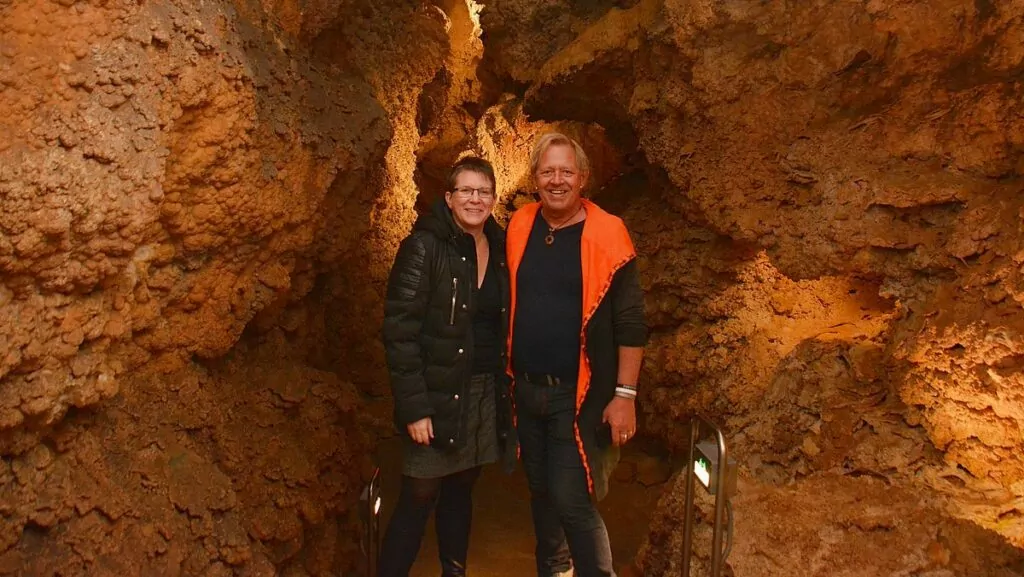
4. High quality restaurants and food
The Michelin Guide has listed 26 great recommended restaurants in Hungary and 3 2-star restaurants. Take the opportunity to eat well and affordably at restaurants in Budapest!
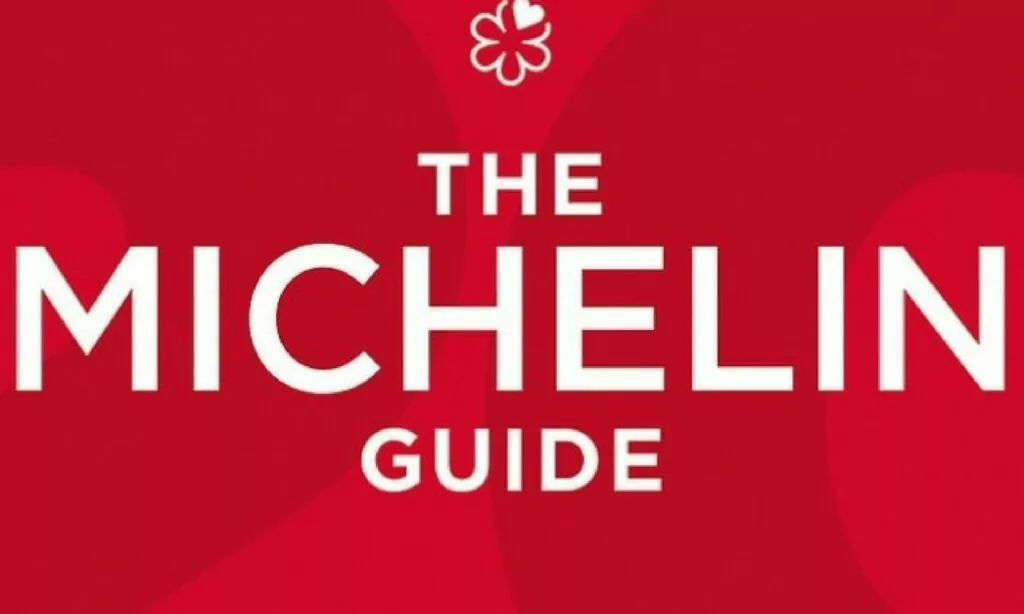
5. The world's second largest synagogue
The world's second largest synagogue or the Great Synagogue as it is also called, is located at Dohány u. 2, 1074 in Budapest and holds 3000 people. It was already built in 1854-1859. Definitely worth a visit!
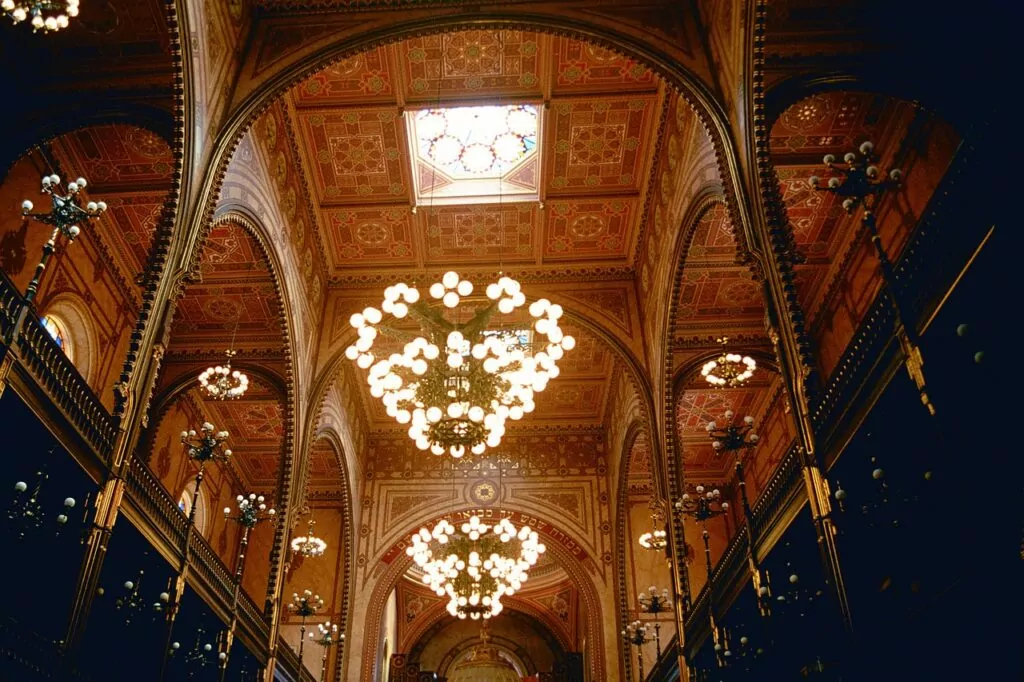
6th digit 96 is important in Hungary
The crowning of Arpad as the first King of the Magyar (Hungarian people) was the beginning of the Hungarian state in the 8th century.96. Established in 896 before France, Germany or England, Hungary is one of the oldest countries in Europe. By law, buildings in Budapest must not exceed 96 foot, and Hungary's national anthem should be sung on the 96 seconds - if done at the right pace.
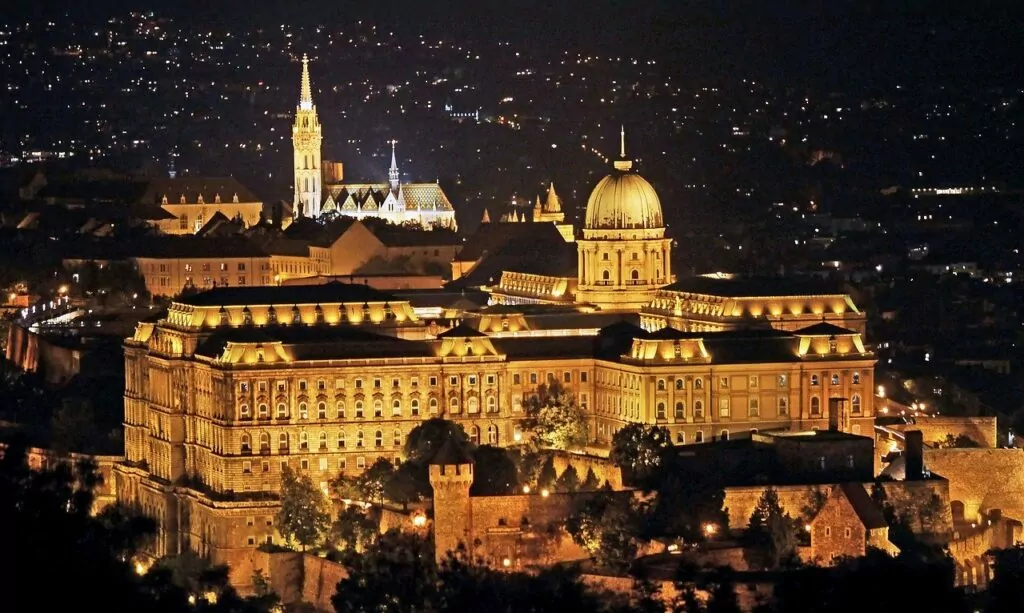
7. more 96 and more precisely in 1896
Budapest's metro was built on the country's millennium in 1896. It is also the second oldest electrically powered underground railway in the world. We travelled from the city centre to Heroes' Square in a very narrow tunnel, in very old carriages and dilapidated platforms from the past. London has the oldest underground railway if you didn't already know ...
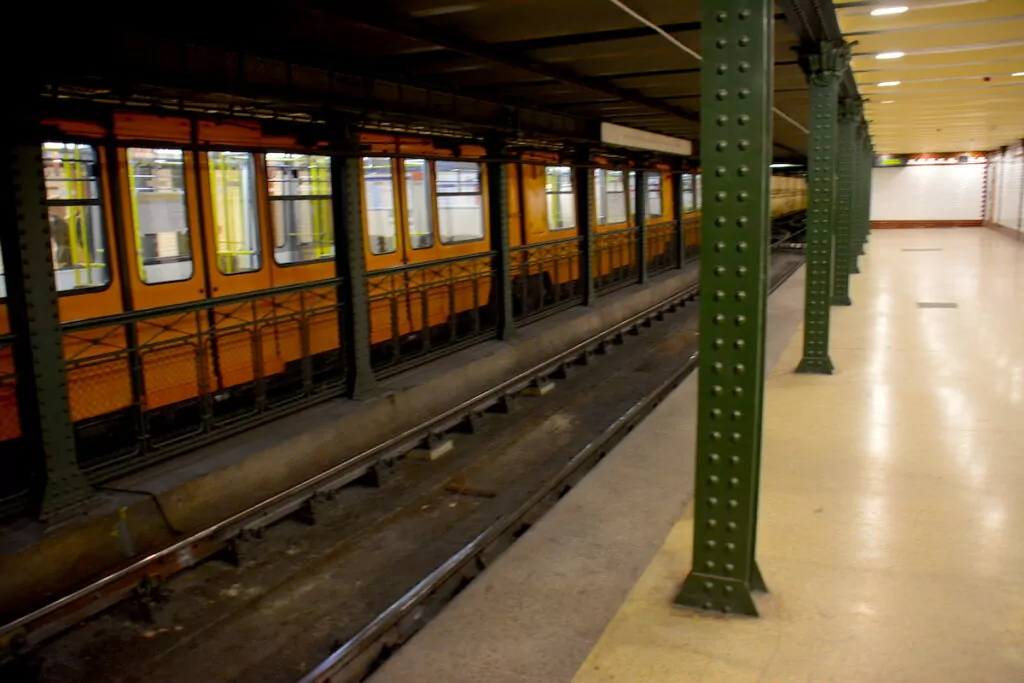
8. Hungary's red gold
Today, more than a thousand tonnes of spices are produced annually in Hungary. There are two paprika museums, Szeged and Molnar, to discover. Peppers are almost sacred in Hungary and are called 'red gold'.
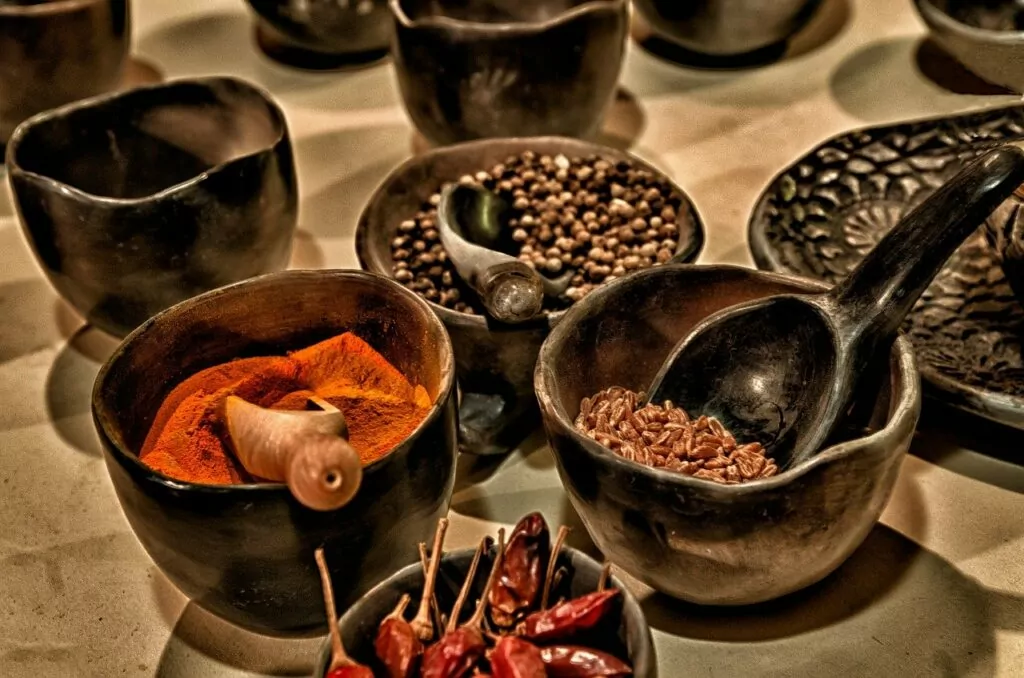
9. First female chess champion from Hungary
Judit Polgar took the title of Grandmaster at the age of 15 in 1991 - a record! The game is played everywhere in Hungary - including on floating boards in its thermal baths
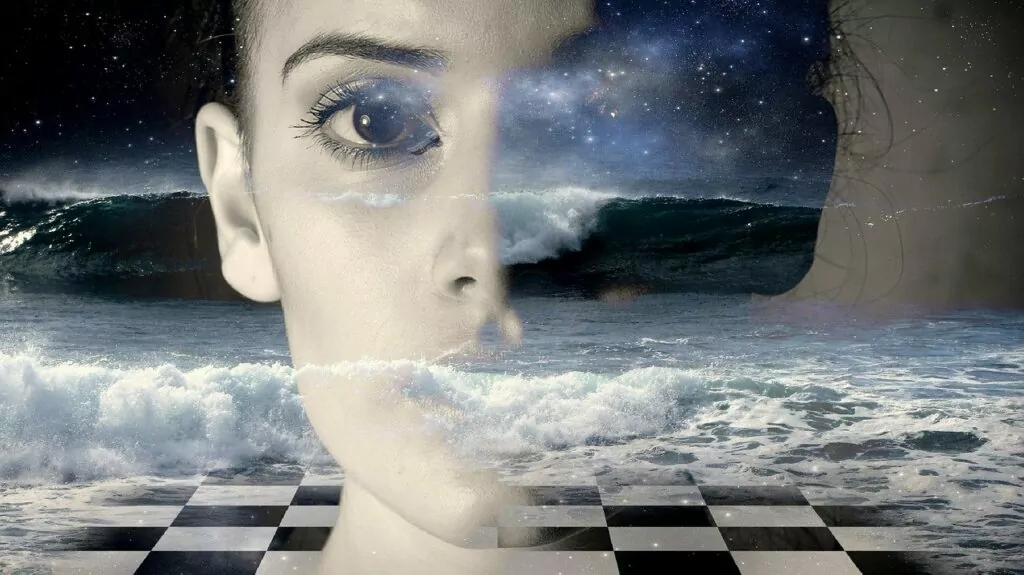
10. Palinka National Spirits
So here it is ... Have a headache? Pálinka. Menstrual pains? Pálinka. Feeling nervous? Pálinka. It's not medicine, but maybe almost ...? Palinka is Hungarian brandy which is made from different fruits. The most common pálinkan is made from pear, apple, plum, cherry or peach. Very popular!
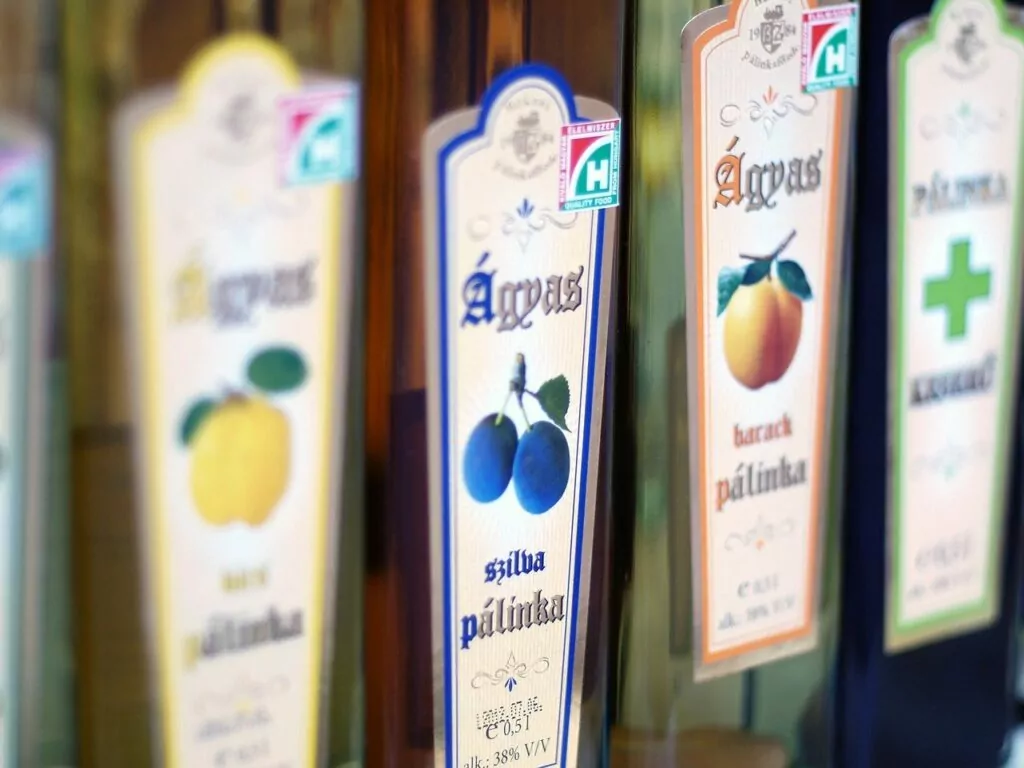
11. Illusionist Harry Houdini from Hungary
Erich Weisz, better known as the illusionist Harry Houdini, was born in Budapest in 1874. The house of Houdini is located within the walls of Buda Castle at Dísz tér 11 in Budapest.
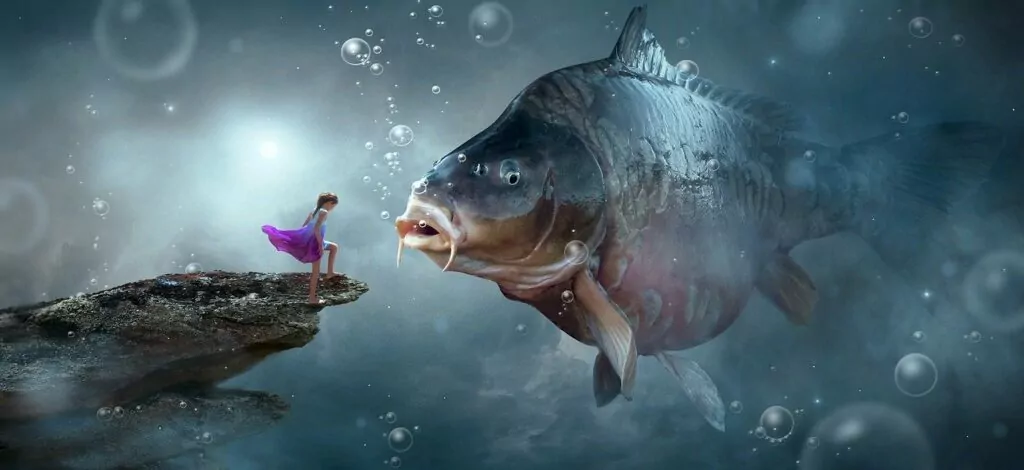
12. Tokaj Wine of the Kings from Hungary
King Karoly created the first official wine region in the world in Tokaj. In north-eastern Hungary, Tokaj-Hegyalja has been a UNESCO World Heritage Site since 2002. Here you will find over 300 wineries that supply sweet yellow Tokaj wine to royalty and Michelin-starred restaurants. The most famous producer is István Szepsy.
The sweet Tokaj wines are dessert or starter wines, and can be served, for example, with foie gras with apple. The most common are the sweet Aszú and the less sweet Szomorodny.
According to stories, Hungarians were beaten from the Tokaj region against the Turks and had no time to harvest. The grapes were left hanging and mould (noble rot) entered the grape, which then dried into raisins in the sun. They decided to harvest and tried to make wine from the grapes, which became a worldwide hit!
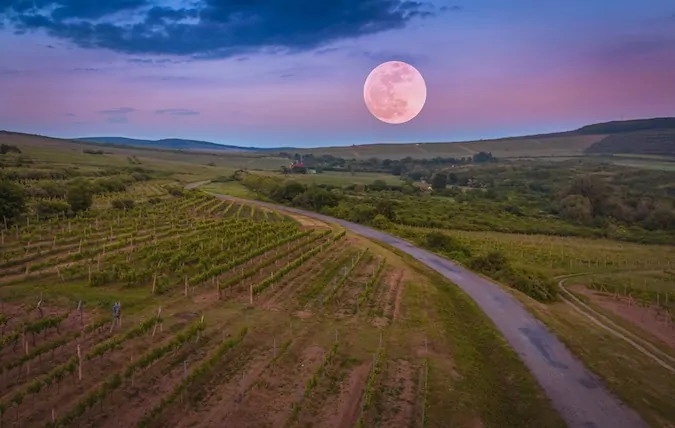
13. Spa and thermal baths in Hungary
Széchenyi spa is one of Europe's largest spas with three huge outdoor pools and another 15 indoor ones. Located in Budapest's largest park, Városliget, the spa was founded in 1913 in neo-baroque style. Chess is played here during the day with floating chessboards in the baths. The medicinal water comes from a spring 1250 metres deep, with a temperature of 75 degrees at the surface.
The oldest bath in Budapest is a Turkish bath from 1560. This bath has six pools with a huge domed roof, and is open until 4am on weekends for those who want to take a night-time dip. Also from the Ottoman era are the Rudas spa and Király spa. Another famous bath is Gellertwhere we have bathed. There is also the Miskolc-Tapolca bathing cave in northern Hungary, one of the few natural thermal cave baths in the world.
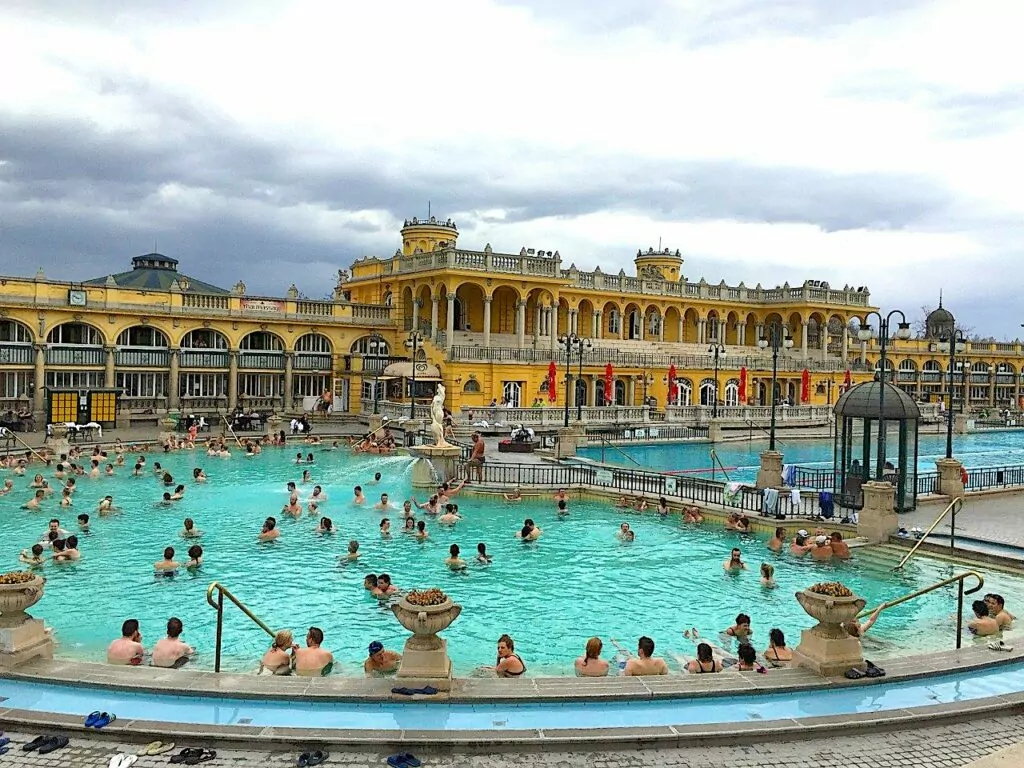
14. Kedjebron Lánchíd over the Danube.
Of seven important and powerful bridges across the Danau River around Budapest, the Lánchíd is the most important and the first permanent bridge. The chain bridge is the hub and landmark that everyone photographs, and is most centrally located between the main sights. The bridge originally connected the cities of Buda and Pest until they merged in 1872. The bridge opened in 1849 and is adorned by two mighty lions on the Pest side. Here are the seven bridges:
- Lágymányosibron
- Petafibron
- Freedom Bridge - opened in 1896
- Elisabeth Bridge - opened in 1903, new bridge completed in 1964.
- Kedjebron - opened in 1849
- Margaret Bridge - opened in 1876
- Árpádbron
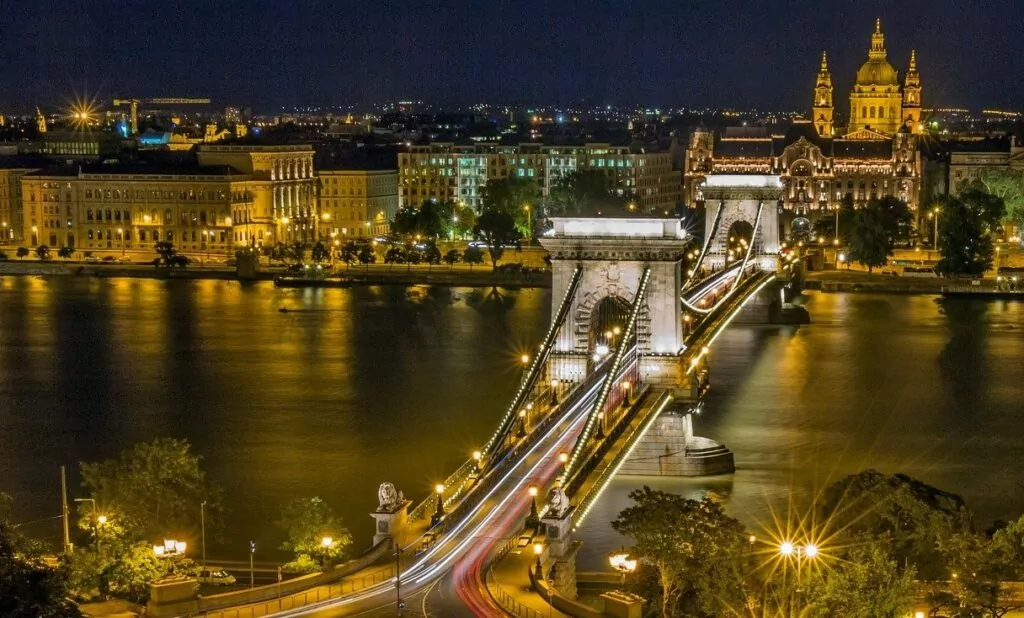
15. Lake Balaton is the largest lake in Central Europe
With its nearly 600 square kilometres Lake Balaton is the largest lake in Central Europe - so large that it is often referred to as the Hungarian Sea. Sun seekers have flocked to its shores for decades, and many Russians have bought homes all around Lake Balaton. The lake is shallow, averaging 3.2 metres, and at its deepest 12.2 metres. Here you will also find the Balaton National Park and the resort of Balatonfüred.
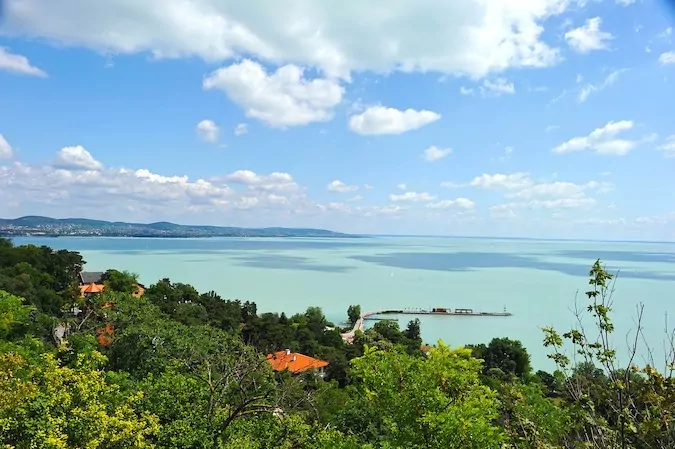
16. Cowboys in Hungary
They are called 'csikós' in Hungarian. and are a kind of horse herders in the Hungarian 'puzstan'. Puszta is a term for plains, where very few trees grow. The plains can be found in Hortobágy National Park, a UNESCO World Heritage Site. The area was originally inhabited by shepherds with cattle, sheep and horses. In the 19th century, 'pusztaromanticism' with cowboys, madams, music and dance ('csárdás') was very famous in Hungary.
Today, visitors are entertained with fantastic horse shows. Here you can go on day trips to see Hungarian cowboys and their amazing skills with horses, or perhaps experience wild horse safaris.
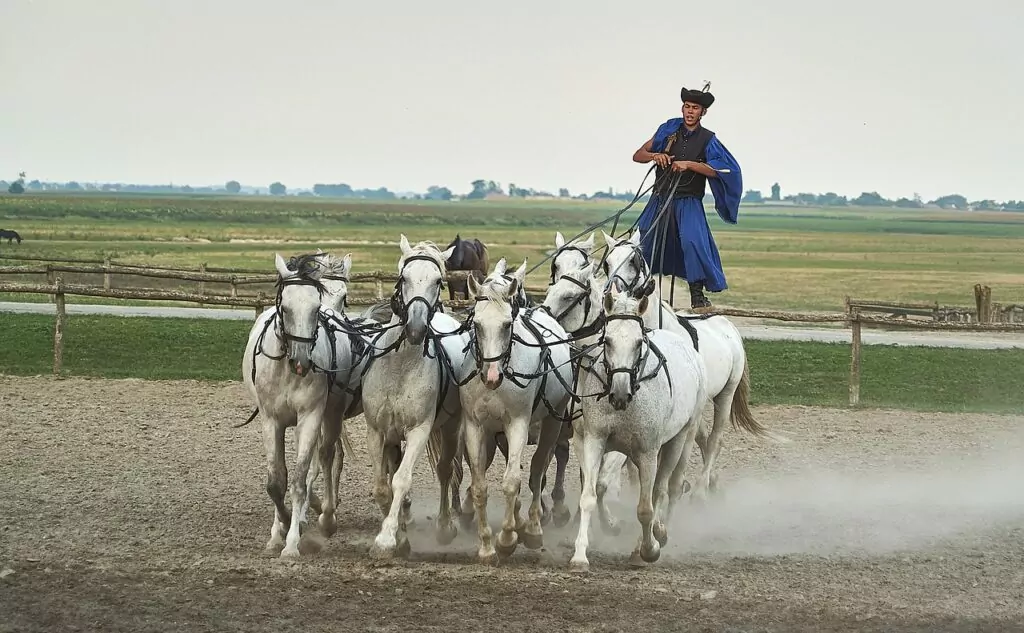
17. Parliament is the third largest in the world
Parliament has 691 roomsThis is the largest building in Hungary, with 20 kilometres of stairs and 40 kilograms of 23 carat gold used in the interior decoration. Started in 1885 and completed in 1904, the Parliament (Országház in Hungarian) was visited in 2018 by 700 000 people, 80 % of whom were tourists.
Whole building is constructed entirely out of Hungarian materials, except for one thing... The eight marble columns that line the main staircase of the building were imported from Sweden... Yeah!!!!
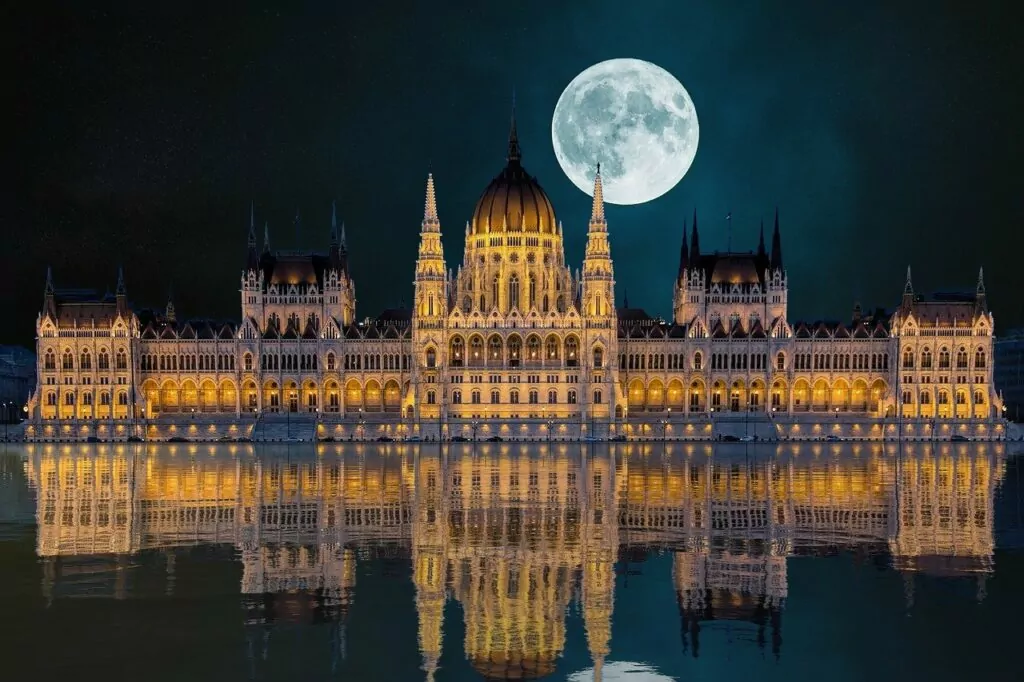
18. The towers of the Fisherman's Bastion symbolise the tribes of Hungary.
The Fisherman's Bastion at Slottshöjden dates from the late 19th century and has seven tent-shaped towers, which are supposed to symbolise the seven Hungarian tribes that settled here in the 8th century. You (maybe) didn't know that?
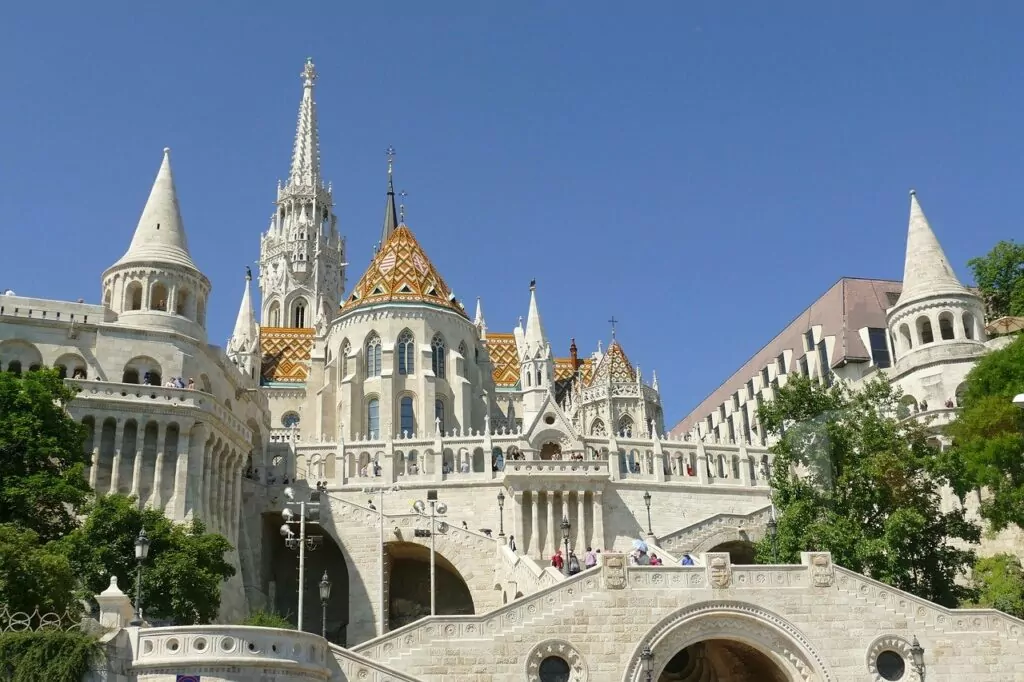
19. Hungary is a wine country
There are 22 wine regions and over eighty native grape varieties in Hungary, and historical evidence shows that wine was cultivated in the 5th century AD. Only three European languages have words for wine that are not of Latin origin: Greek, Turkish and you might have guessed it... that's right, Hungarian!
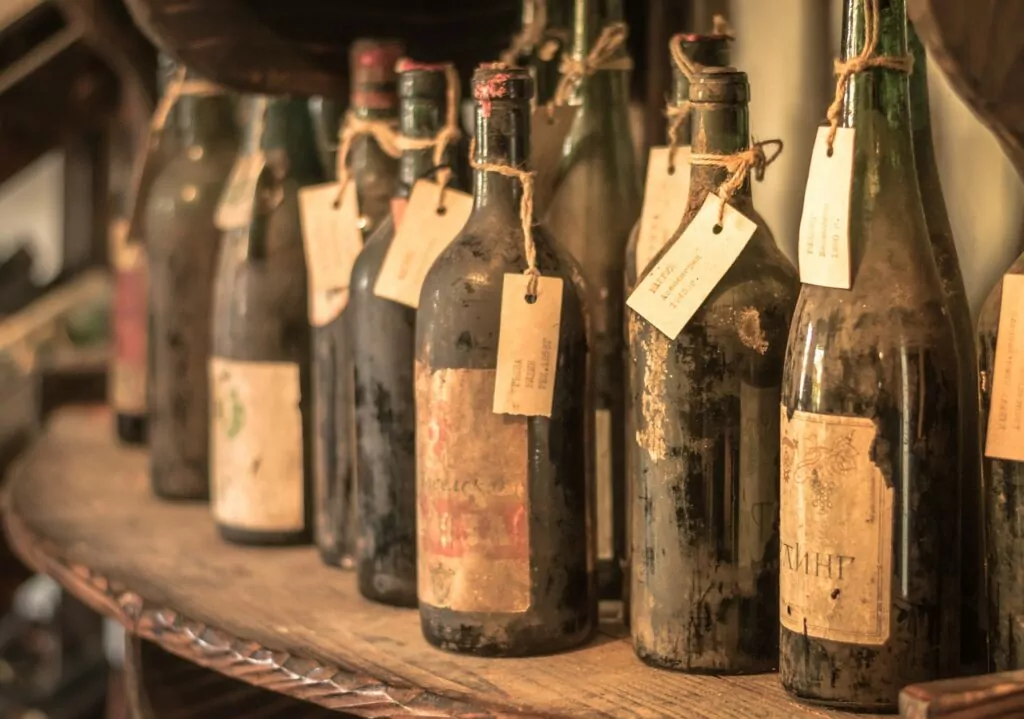
20. The hero Raoul Wallenberg
In 1944, Raoul Wallenberg, Carl-Ivan Danielsson and Per Anger sacrifices that are in every Hungarian heart. Some say they saved 20 000 Jews and some say 100 000, but either way it was a heroic act. It was in Budapest, at Benczúr utca, in January 1945 that Raoul Wallenberg was arrested and taken to the Soviet Union and disappeared forever.
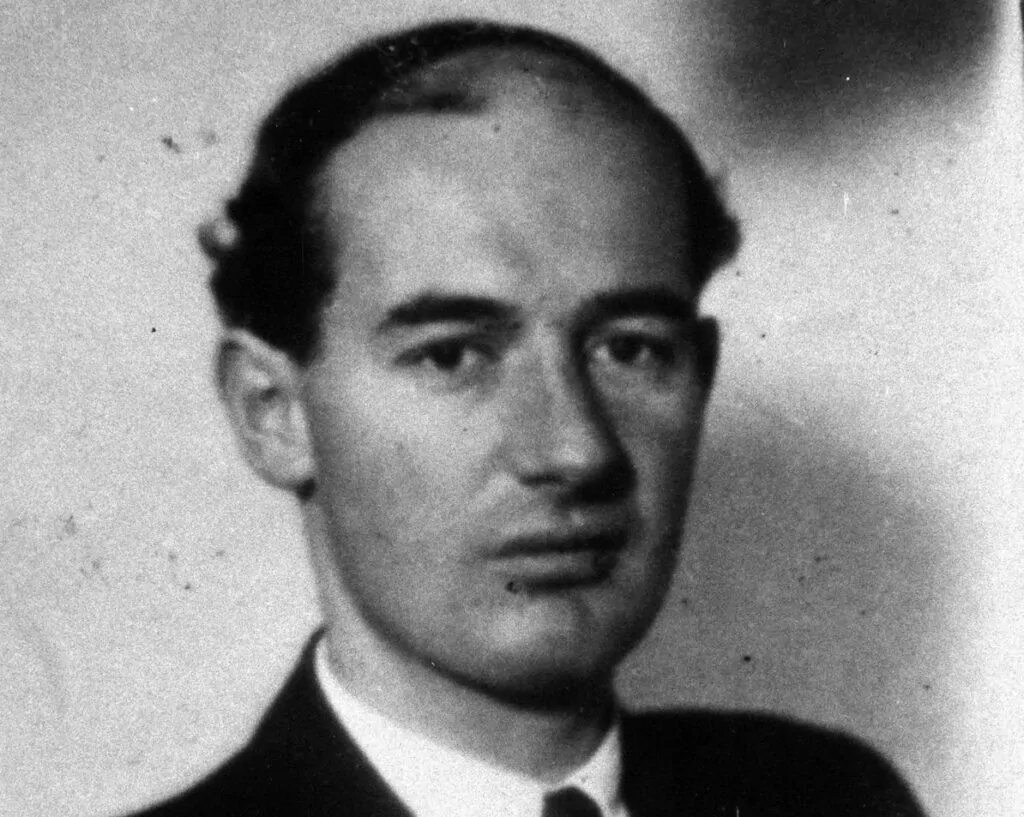
21. The shoes on the quayside in Budapest
Goyla Pauer has created a memorial. reminiscent of what happened to 10,000 Jews in 1944 in Budapest. When children were executed as adults, they were told to take off their shoes before Hungarian facists shot them. The bodies were thrown onto the ice floes of the Danube River and remained there until the ice melted. There are 60 different pairs of shoes to commemorate a terrible time.
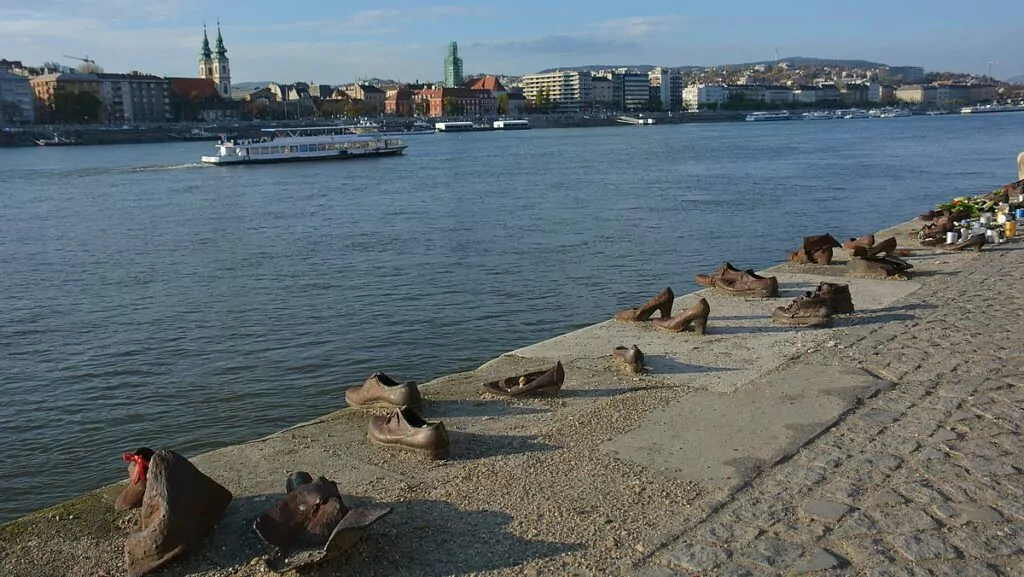
22. St Stephen's Basilica and his mummified hand
St Stephen's Basilica is the largest church throughout Budapest and has the capacity to accommodate over 8000 people. Construction began in 1851, in honour of Hungary's first Christian king, King István (Stefan), and was completed in 1905. The church is 96 metres high and the towers can be accessed for a small fee.
In St Stephen's Basilica there is a cabinet with the mummified hand of St Stephen, which is one of Hungary's most important and sacred relics. Stephen was canonised after his death on 20 August 1083. He was the first Christian king of Hungary and ruled between 1000-1038.
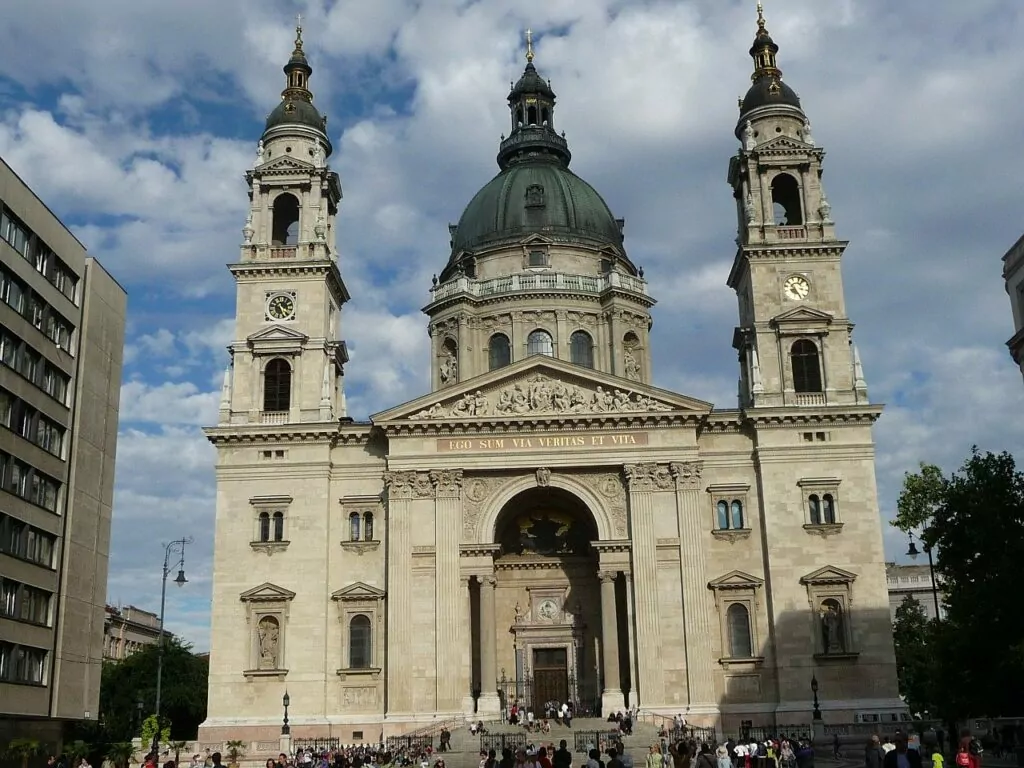
23. Heviz is Europe's largest thermal lake
Europe's largest and the world's second largest thermal lake is called Heviz. If you go here you can swim and enjoy the surroundings. The sulphur waters of Heviz are said to have medicinal properties and are believed to cure rheumatic conditions, aches and pains. Here you can eat good food, walk in parks and see Roman remains.
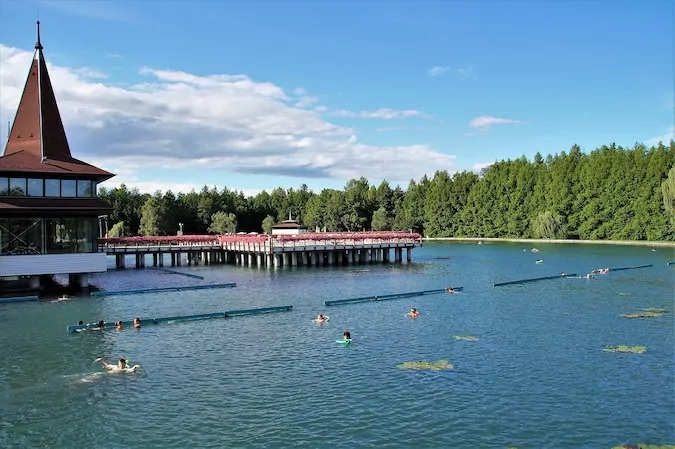
24. The secret of Mattia Church
The impressive Matthias Church at Fiskar Bastion has an extraordinary history. The first church was built in 1015, it was rebuilt in the 14th century and turned into a mosque in the 16th century by the Turks. In 1686 a wall of the church collapsed and behind the wall a statue of the Madonna was found, which today is more than sacred.
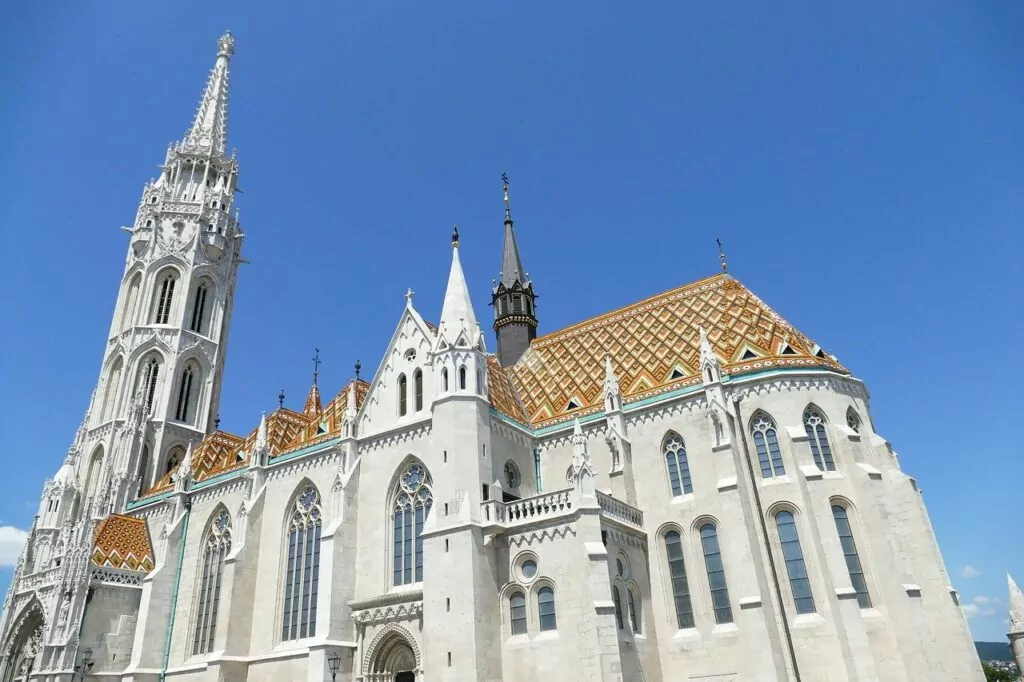
25. Hungary has 8 UNESCO World Heritage Sites
- The caves of Aggtelek karst and Slovak karst
- Budapest, including the Danube banks, Buda Castle Quarter and Andrássy Avenue.
- Old village of Hollókő and its surroundings
- Millenary Benedictine Abbey of Pannonhalma and its natural environment
- Hortobágy NationalPark Puszta
- Early Christian Necropolis of Pécs (Sopianae)
- Fertö / Neusiedlersee cultural landscape
- The landscape around the Tokaj wine region
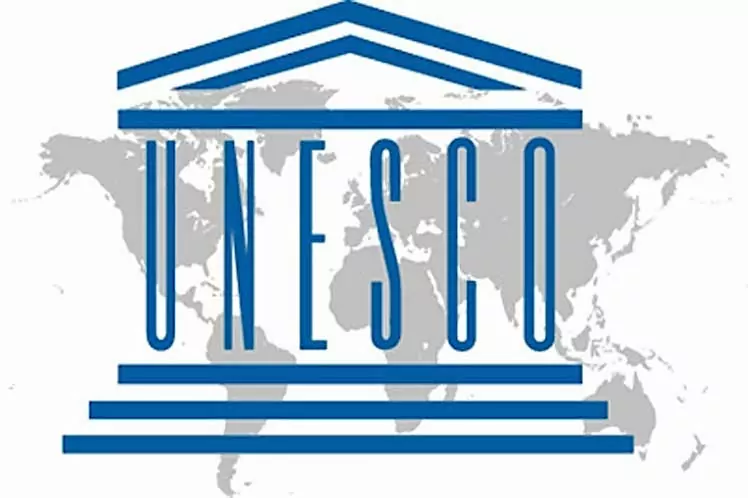
26. Stupa "Peace" biggest in Europe
Seven stupas officially inaugurated in Hungarytwo in Budapest and the others in Budakeszi, Bükkmogyorósd (Csernely), Zalaszántó, Tar and Becskén. The Peace Stupa in Zalaszántó is the largest Buddhist shrine in Europe with a height of 30 metres and a width of 24 metres.
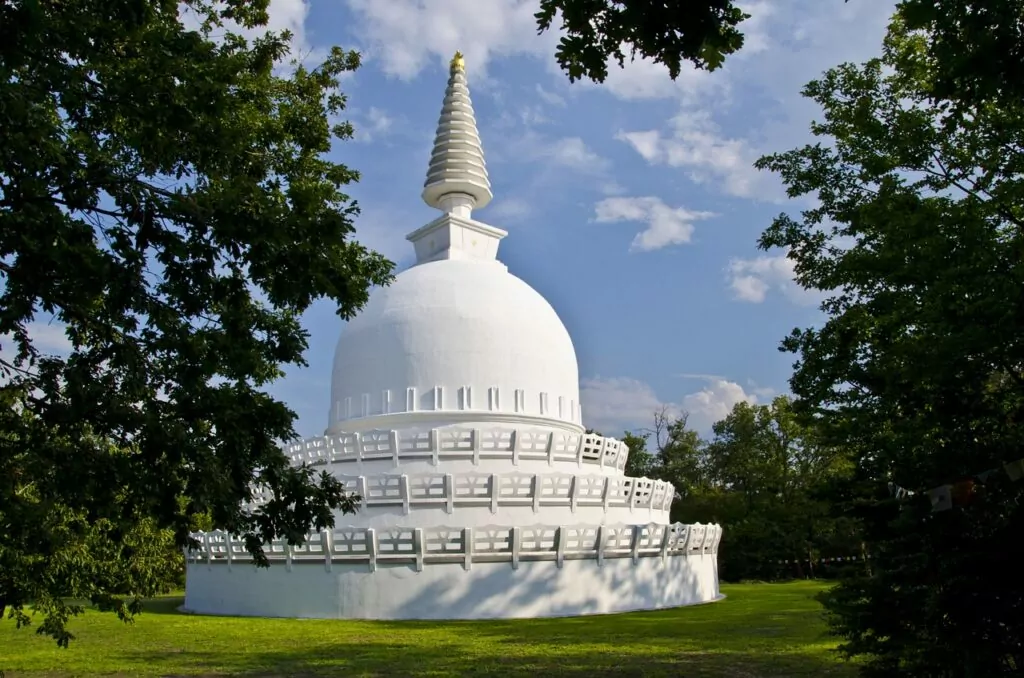
27. The world's most beautiful café?
New York Café (New York Kávéház) from 1894 is located in Budapest and is known to be one of the most beautiful cafés in the world. It is incredibly beautiful and the interior is really sumptuous. You can imagine the posh people in beautiful dresses and men in bow ties and hats mingling here long ago. In case you didn't know, there's another beautiful old café in the centre of Budapest called Gerbeaud café from 1858.
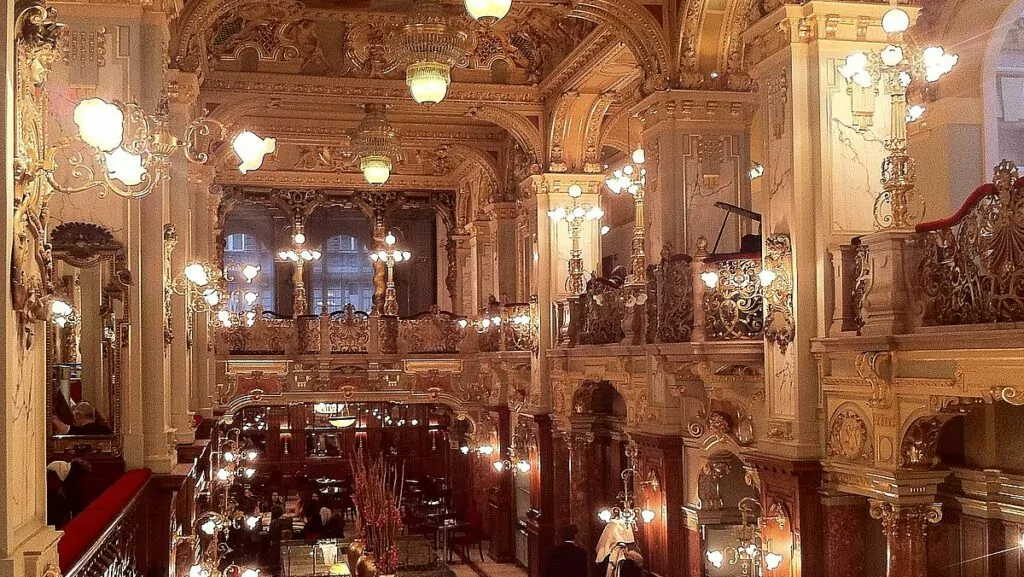
28. The Hungarian flag tells a story
The Hungarian flag is red, white and green. in three equal horizontal bands. The colours were first used in the 1848-1849 revolt, but it became an official flag on 23 May 1957. The colours symbolise the red blood spilled since the revolt, which then goes down to the white which is freedom, and continues down to the green which is the plains and pastures of the country.
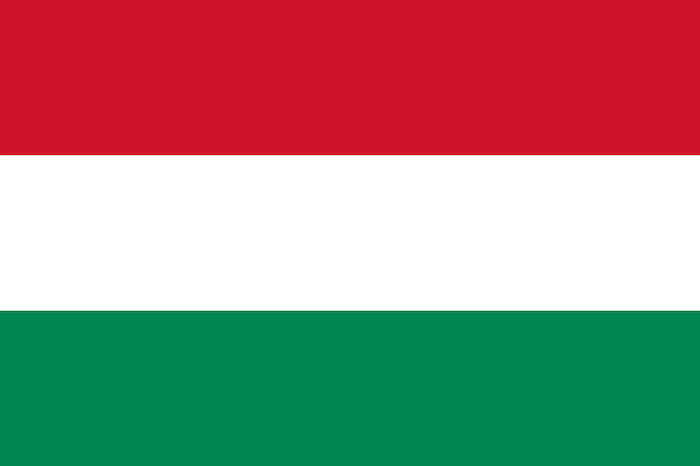
29. Hungary's national dish from the steppe
Goulash can be seen as Hungary's national dishbut how did it start? The Magyars (Hungarians) were the equestrian people who rode the steppes long ago, and they brought a cast iron pot (bogrács) and made the dish gulyáshús over an open fire. They used dried roasted steak (pörkölt) which kept for a long time and was cooked in the cast iron pot in a little water.
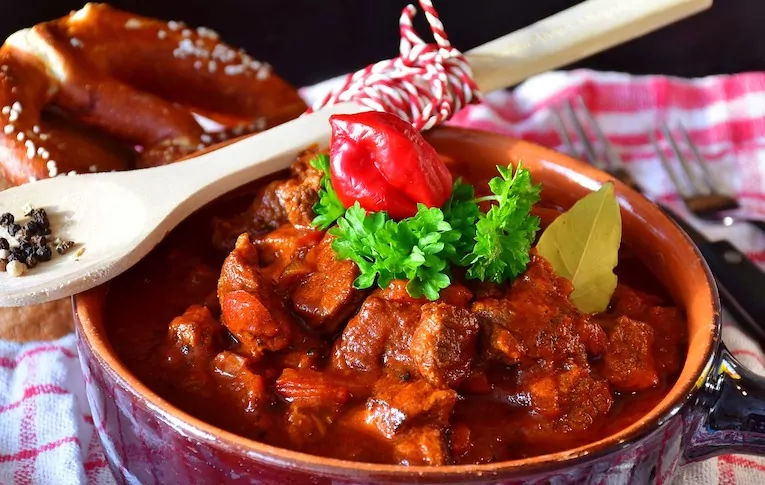
30. Largest painting in the world in Esztergom
The Esztergom Basilica is the tallest building. (100 metres) in Hungary currently, although the MOL Campus will be higher (143 metres) when completed in 2022. The basilica is located in the city of Esztergom, which is the birthplace of St. Stephen. The city and basilica date back to Roman times and feature a canvas painting measuring 13.5 x 6.6 metres, the largest painting in the world. The Italian Girolamo Michelangelo Grigoletti once painted it.
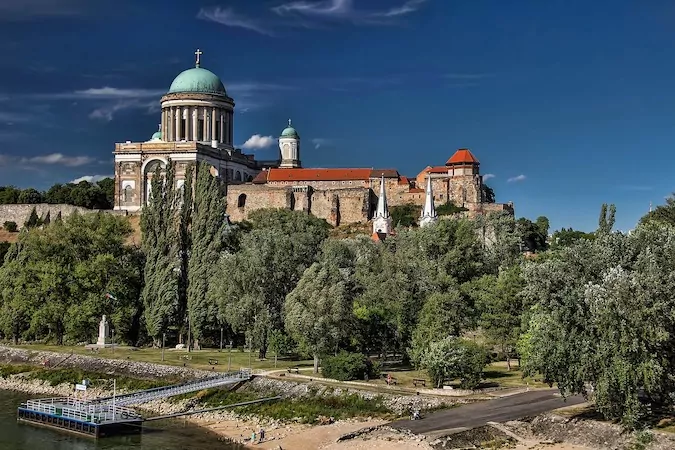
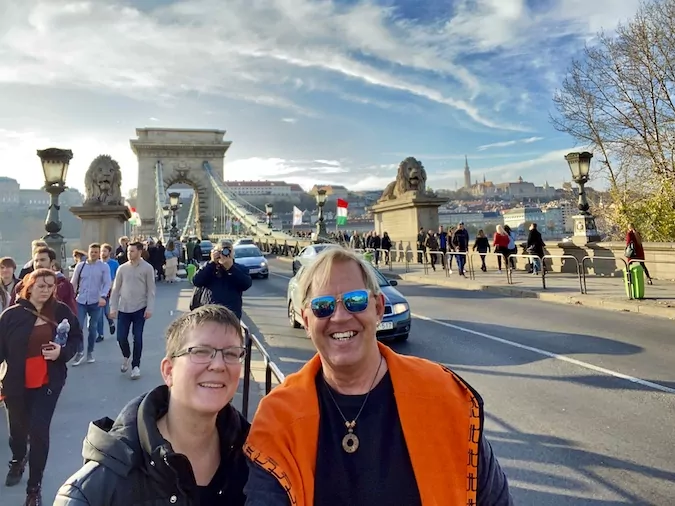
More interesting facts about Hungary
- Danube which divides Buda and Pest is Europe's second longest river, after the Volga, with a length of 2 860 kilometres.
- The beautiful horses of Eger and the Lipicai Etterem stud farm, which breeds Lipizzaner horses and has over 200 horses.
- Hungary's national anthem is Himnusz ('Hymn') is the national anthem of Hungary, whose author is Ferenc Erkel. The text begins with the words Isten, áldd meg a magyart, 'God bless the Hungarian'.
- The red Egri bikavér, the bull's blood from Eger is well known. Bikavér is a red wine from Eger or Szekszárd in Hungary.
- Buda Palace 13th century (Budavári Palótasom), also known as the Royal Palace, is one of Budapest's most famous sights and has been a UNESCO World Heritage Site since 1987. The palace houses a historical museum, the National Gallery and the Széchenyi National Library.
- A beer in one of Hungary's ruins "ruin bar" is a must and is hugely popular and you (maybe) didn't know! Old residential buildings that are condemned and will be redeveloped in the future become nightclubs. One is in Budapest called Szimpla Kert and another in Debrecen, Hungary's second largest city.
- Hungarian currency was reintroduced in 1946, replacing the previous pengő introduced in 1921, and the monetary code is HUF.
- 3 Nobel Prize winners in Hungary, Imre Kertész, Dennis Gabor and Albert Szent-Györgyi.
- A remarkable invention is the Rubik's Cube (by sculptor and professor Erno Rubik in 1974).
- Hungary's beautiful state opera was built in 1875-1884 and is renowned for its acoustics, the third best in the world. It is located on the famous Andrássy út on the plague side and was built in the Neo-Renaissance style by architect Miklós Ybls.
- Elvis Presley boulevard in Hungary? Posthumous citizenship was awarded to Elvis "Peace in the Valley" on American television for publicising the 1956 revolution. This is located on Elvis Presley tér, 1023 in Budapest and is a park.
- Törley which started in 1882 and major exporter of (Pezsgö), champagne from Hungary. József Törley was born in Budapest. As a young man he travelled to Champagne and learned all about making good Champagne. Törley has been present in Sweden since 1998.
- Hungary has seven countries as neighbours. Slovakia is to the north, Austria to the north-west and Slovenia to the west. Croatia is to the south-south-west of Hungary and Serbia is straight down in a southerly direction. Romania is to the south-east and the last of the seven is Ukraine, which is to the north-east of Hungary.
Surprising facts about Hungary
Were these surprising facts about Hungary, or did you already know everything? Do you have any more exciting facts about Hungary?
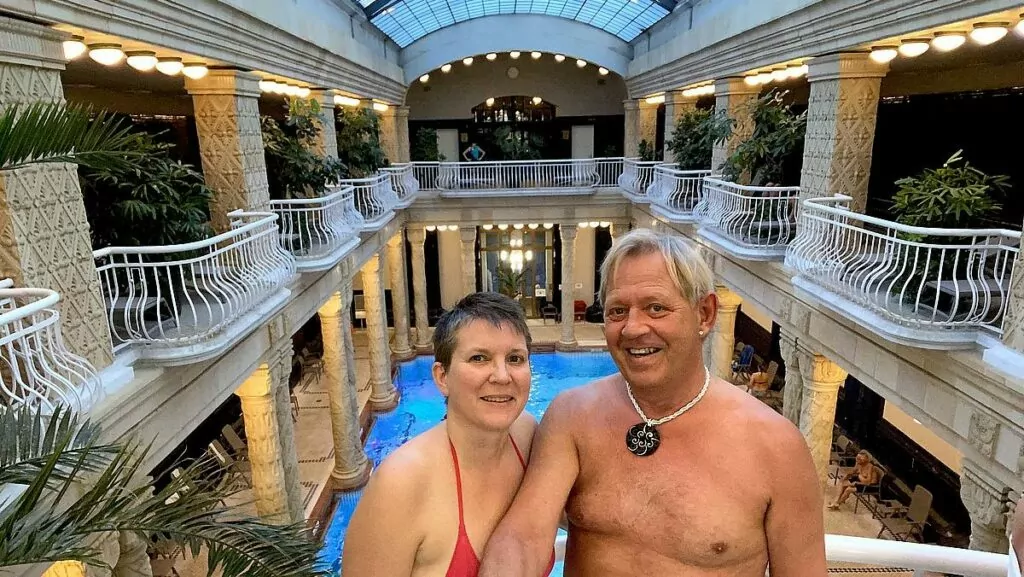
Facts about Hungary
- What country? Hungary (republic) President: János Áder
- Capital city? Budapest
- Currency? Hungarian forint (HUF)
- Time difference? None
- Residents? 9.7 million (2017)
- Religion? Christianity (mostly Catholicism)
- Language? Hungarian (some also speak English or German)
- EU: Members 1 May 2004
- Country number? 36
- El? Like Sweden
- Water? Drinkable
- Price point? Cheap (cheaper than in Sweden)
- Emergency number? 112
- Watch out for? Summers can be very hot
- Think about? Many people outside Budapest speak neither English nor German
- Hungary's highest mountain is called Kékes and is 1014 metres high.
- National Day? 15 March (1848 Revolution), 20 August (St Stephen's Day), 23 October (1956 Hungarian Revolution).
- National bird? Turul (mythology) (a mythological falcon or hawk and not an actual species)
- Biggest sport in Hungary are football, water polo, swimming and fencing.
Information on Hungary for travellers
- Destination: Travelling to Hungary - your guide to Hungary's best destinations
- Travelling by motorhome in Hungary: Pitches and campsites in Hungary

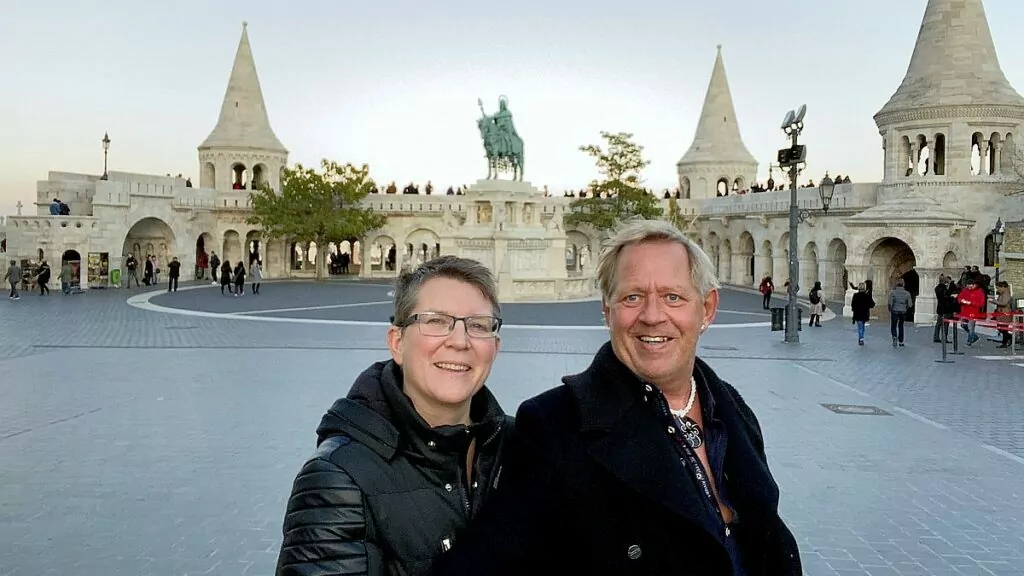
Historical facts about Hungary
Founded in 895, Hungary became a Christian kingdom in 1000 with the coronation of St Stephen, recognised by the Pope.
MEDIUM TIME
One of the biggest challenges for Stephan and his descendants was the stabilisation of Christianity and the previously nomadic Hungarian people. Under Arpad and from 1301, medieval Hungary flourished in the Anjou dynasties (with the exception of the devastating two years of the Mongol invasion). Mathias Corvinus turned Hungary into a Central European Renaissance cultural hub.
OSMANS
When Mathias died royal power weakened and eventually, in 1526, the country could no longer resist Turkish attacks and fell into three parts - the area of Ottoman occupation, Transylvania and the much smaller Kingdom of Hungary. For more than 150 years, the Turks continued their expansion through many battles.
Royal Hungary became part of the Habsburg Empire, while Transylvania operated as an independent entity. In the early 18th century, the Habsburgs were finally ready to fight back with the Hungarians to reunite the country and push the Turks back into the Balkans. In 1718, Hungary was finally reunited within the Habsburg Empire.
HABSBURGERS
Hungary tried desperately to recover from Turkish devastation. The Habsburgs repopulated the uninhabited areas of the country with Romanians and Slovaks and created artificial large blocks of minorities.
The advancing theories of nationalism and liberalism reached Hungary in the early 19th century and Habsburg rule became uncomfortable. The development of civil society led to the revolution of 1848-49 and the uprising against the Habsburgs, which broke out in present-day Budapest on 15 March 1848.
AUSTRIA AND HUNGARY
The revolution did not have positive results and Austria imposed strict and oppressive rules on the country. They later realised that they can only cooperate with Hungarians if they give them something in return. This process led to the Austro-Hungarian Compromise of 1867 and created the new leading power in Central Europe, the 'Austro-Hungarian Empire'.
This pact was really favourable for Hungarians, and the Hungarian economy started to increase and until the beginning of the 20th century. Budapest emerged with a whole new unique cityscape and innovations such as the first underground railway on the continent.
WORLD WAR
After the boom years of the Austro-Hungarian Empire, the 20th century brought much more difficult times to Hungary. In the 1920 Treaty of Trianon, where Hungary lost 72% of its territory and 3.5 million ethnic Hungarians were expelled from the new borders, mostly to Czechoslovakia, Romania and Yugoslavia. This treaty had a shocking effect on Hungarian society, which was desperately trying to get back its territories (or at least those inhabited by Hungarians).
For this reason, Hungary took of the Nazis during World War II and regained most of its territories where Hungarians were in the majority. The situation seemed relatively good as the country did not suffer much until 1944. In the final years of the war, the country became a battlefield, and the Nazis began deporting the Hungarian Jewish community, mainly concentrated in Budapest.
From 1944, 400 thousand Hungarian Jews were deported. to Auschwitz. Later it became clear that Germany will lose the war, and finally Hungary fell under Soviet communist rule as well as most of Central and Eastern Europe.
COMMUNISTS
Hungarians suffered under a communist dictatorshipThe economy collapsed and in the 1950s, living standards fell dramatically. Social discontent led to an uprising and withdrawal from the Warsaw Pact in October 1956. This attempt was met with a massive military intervention by Moscow.
Later, under the leadership of Janos KadarIn 1968, Hungary began to liberalise its economy and introduced so-called "Goulash communism". Living standards began to rise, travel restrictions became less strict and Hungary became a prosperous nation within the Eastern Bloc.
NEW SYSTEM
In the late 1980s, the changes accelerated. Kádár retired in 1987, in 1988 the Communist Party abolished all travel restrictions to the West and in 1989 they approved a multi-party system. In May 1989 Hungary tore down all barbed wire to Austria and opened its borders.
These were the first steps, which allowed East German citizens to leave the Eastern Bloc freely. On 23 October 1989 the Hungarian Republic was proclaimed and in March 1990 the first democratic general elections were held. At last, Hungary became a free, democratic European republic. In 1999 it joined NATO and from 2004 it is a member of the EU.


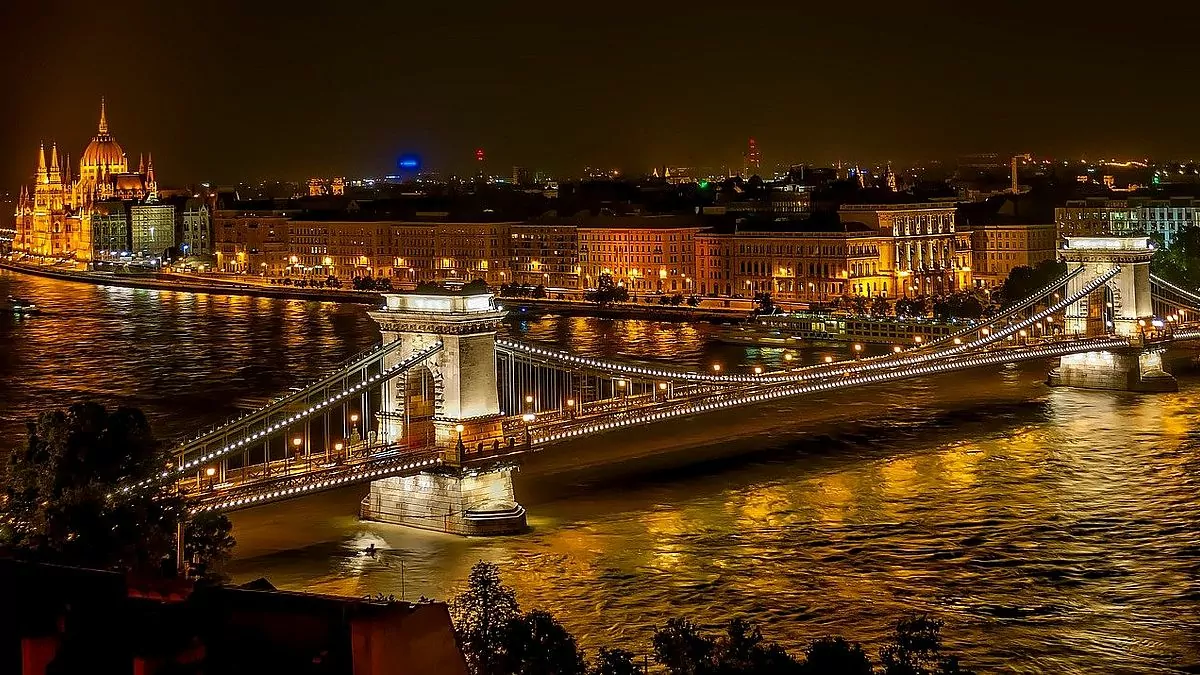






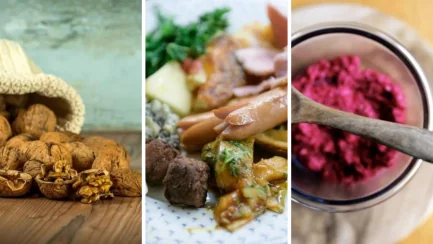



Frido says:
Some themes that I would like to read about are things that you have experienced on your travels.
-The time when everything went wrong.
-The strangest day or destination
-Exceeding expectations
-The time we enjoyed life a bit more
-That time we were scared or horrified.
Etc, collected memories from the motorhome years? Type. I have never travelled with a motorhome or caravan and think it seems both free and wonderful but also quite fragile (the car can break down in the middle of nowhere, burglary maybe even when you are sleeping, traffic jam so you miss something, etc.).
21 March 2021 - 7:18
Frido says:
Come up with more:
-Most beautiful road/route
-Most difficult road/route
21 March 2021 - 7:19
Peter says:
Hi Frido! Of course there is a lot you can do and just now you came up with several ideas for new articles. We have a lot going on and we try to keep up with it too. Soon the season will start and we will be travelling in Sweden. We will put together some posts about what you have written and thank you for the tips. That a car can break down has of course happened to us too but there are workshops all over Europe and we are insured.
21 March 2021 - 8:38
Matts Torebring says:
WoW! What a Mega Post! Probably 25 points I didn't know about. We were impressed that when we drove into Hungary with our motorhome, we had to enter the car's reg number and how long we would be in the country. Super smooth instead of all the tolls. After swimming in Lake Balaton, we were yellow in the skin and the white shirts, were yellow on the collar for a couple of weeks after this. We ate their Mega Big Meat portions until my wife said, now I want boiled sausage and mashed potatoes. As a kid in the 50's, (1956?) I remember there was a war in Hungary. I don't know if coffee was expensive or if there was no coffee to buy. Mum tried roasting wheat on a plate in the oven to grind and brew as a "coffee-like drink". I remember it because it smelled so disgustingly bad.
21 March 2021 - 8:02
Peter says:
Hi Mats! What crazy fun memories with smells, experiences and emotions, and thanks for sharing them here on the blog. Glad that we could pass on some news about Hungary. We were going there last year and if we are lucky it might be in the autumn September-October. Thank you Mats... Peter
21 March 2021 - 8:43
Lisa says:
Exploring Hungary was on our list in 2020 but nothing came of it. Maybe this year, we can hope. So far, it has been Budapest on a few occasions and somewhere outside where an incredibly breathtaking horse show was shown. Lake Balaton is a destination that is on the horizon after seeing a film from there. Your list is solid and contains great tips, thank you for them and hope that both you and our Hungary trip can be done. Until then, we will have to settle for Sweden and there are really great places to visit. Now for Easter we hope to be able to make the first trip this year.
21 March 2021 - 9:04
Peter says:
Hi Lisa! Thanks for sharing and maybe we'll see you in Hungary in the autumn. We ourselves have benefited greatly from looking up information, and I hope you have read our page about Hungary as well. We have cancelled our summer trip to Germany and the Czech Republic and we are taking Sweden in the summer. We are negotiating with some regions about what to highlight a little extra this year. We hope to get our motorhome back this week, as we had a break-in and it is in the workshop. Be well/Peter
21 March 2021 - 9:15
BP says:
Another one of those wonderful posts with lots of info that I had no idea about. What research! It is really your strength, yes and all the fantastic pictures of course:-)
21 March 2021 - 18:34